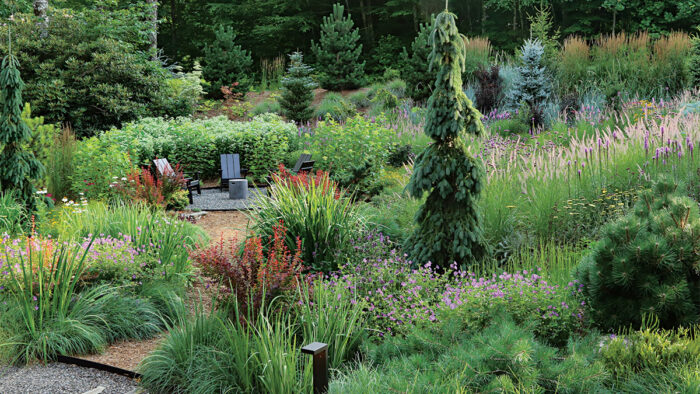
Many positive things can be said for planting a meadow garden. These naturalistic designs tend to be a bit wilder thanks to the use of native wildflowers and ornamental grasses, so they require less primping and preening throughout the year. And these designs tend to fill in quickly because of the plants used in them (i.e., perennials that are quick to multiply and bulk up). Also, meadow gardens attract scores of pollinators and birds because of those specific plant choices and how they are layered in a naturalistic fashion.
We may say that we garden for wildlife, but a garden by definition is stylized nature, crafted by and for people. Animals and insects are the willing beneficiaries of our efforts. Without a bit of order and structure, a space can appear chaotic and make visitors feel uneasy. For this reason, I chose to tweak my meadow garden design to make it friendlier and more soothing. Here are some differences between a traditional meadow garden and a stylized meadow garden.
How to Design a Stylized Meadow Garden
This space proves that more structure leads to greater appeal. See how an award-winning landscape designer created a stylized meadow garden.
Traditional meadow garden

Key elements
- Typically flat plane
- Plants that peak primarily in one season
- A layout that doesn’t encourage human interaction (i.e., minimal or nonexistent paths and/or seating areas)
- Mostly native plants that attract pollinators and wildlife
Stylized meadow garden

Key elements
- Changes in elevation
- Lots of plants that provide four-season appeal
- The space deliberately invites humans in to enjoy it
- A mix of native and ornamental plants that attract pollinators and wildlife
Jay Sifford is an award-winning landscape designer in North Carolina.
Fine Gardening Recommended Products
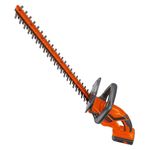
Black and Decker 22-inch Cordless Hedge Trimmer
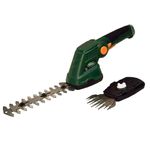
Scotts Cordless Grass-Shear/Shrub-Trimmer Combo



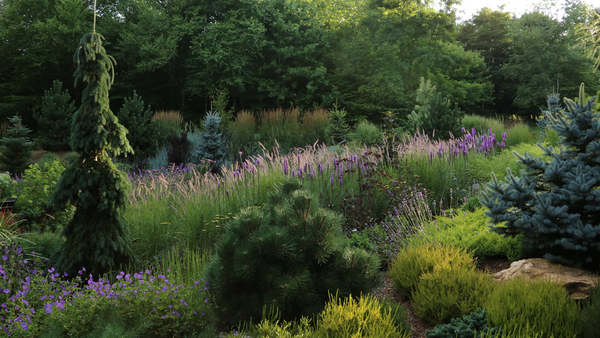

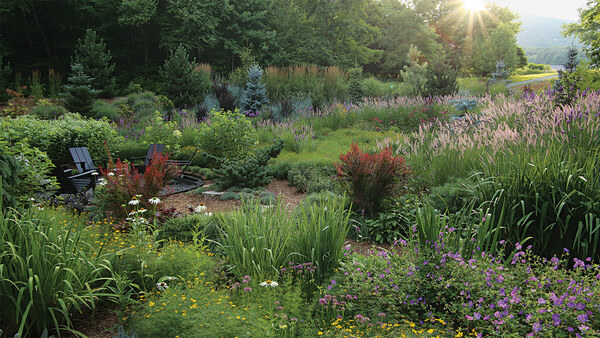

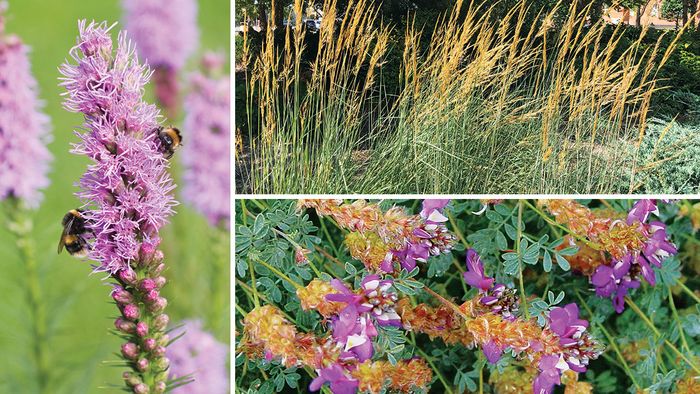

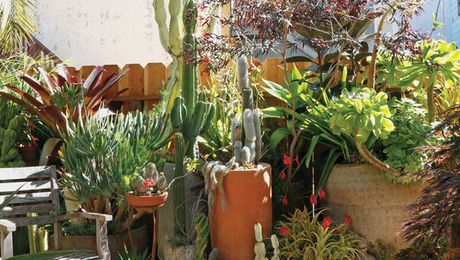









Comments
Log in or create an account to post a comment.
Sign up Log in